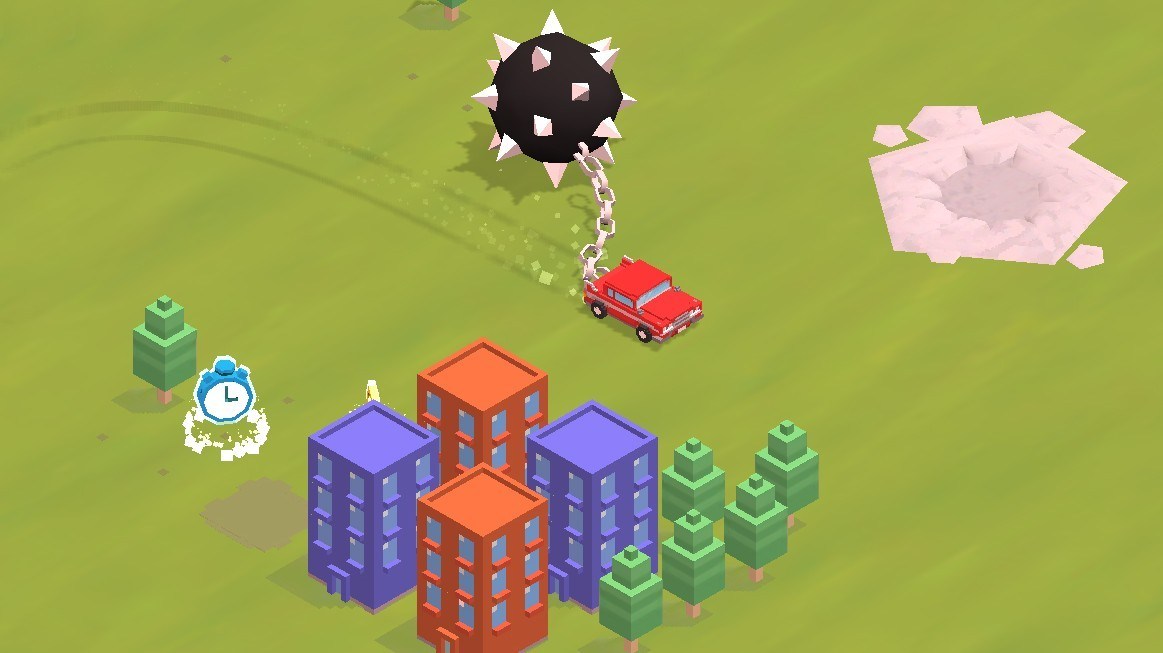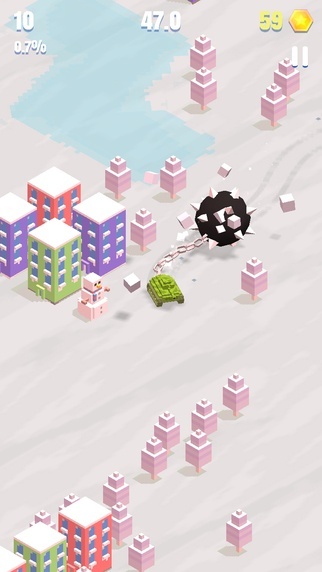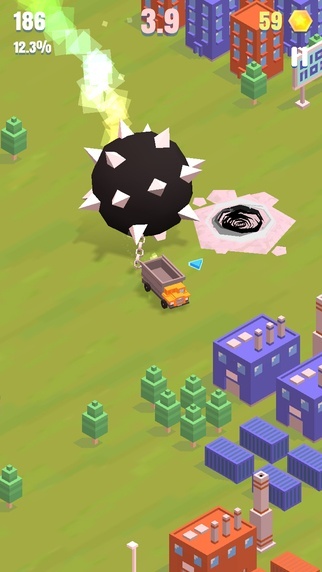- Wondering how to get Monopoly GO! free rolls? Well, you’ve come to the right place. In this guide, we provide you with a bunch of tips and tricks to get some free rolls for the hit new mobile game. We’ll …
Best Roblox Horror Games to Play Right Now – Updated Weekly
By Adele Wilson
Our Best Roblox Horror Games guide features the scariest and most creative experiences to play right now on the platform!The BEST Roblox Games of The Week – Games You Need To Play!
By Sho Roberts
Our feature shares our pick for the Best Roblox Games of the week! With our feature, we guarantee you'll find something new to play!All Grades in Type Soul – Each Race Explained
By Adele Wilson
Our All Grades in Type Soul guide lists every grade in the game for all races, including how to increase your grade quickly!
Flail Rider Review: Love This Ball and Chain
Driving games are never at the top of my “must play” list, if they even make it onto the list at all. Flail Rider’s aggressive icon featuring a blocky 3D car and looming spiky ball gave me further pause. But …

Driving games are never at the top of my “must play” list, if they even make it onto the list at all. Flail Rider’s aggressive icon featuring a blocky 3D car and looming spiky ball gave me further pause. But as I watched the game trailer, there was something that really captured my interest: Flail Rider isn’t a driving game, it’s a physics game with driving.
In this top-down arcade game, your job is to maneuver a tiny speeding car through modular 3D environments such as a winterscape, tropical land, and temperate zone while towing an absurdly large spiked ball behind you. As you turn to avoid crashing into buildings, the ball swings and destroys everything in its path. You have three sizes of cars to drive, each with a relatively sized flail attached. Smaller cars have diminutive flails but are far easier to handle than the large cars with their hulking balls of doom dragging them down.

The magic, or more accurately, science of Flail Rider is that your trailing flail is bound by and therefore responding to the centrifugal and centripetal forces resulting from your car’s motion. Your strategy then has to account for how you direct your car and the inertia on the flail. It’s simple physics that makes for surprisingly compelling gameplay.
There are so many “low poly” games on smartphones, so many highscore chasers; but Flail Rider still feels so fresh. The controls are easy to learn, but remain challenging long after you’ve gotten used to them. You get the satisfaction of massive destruction without the guilt of collateral damage, except for some fake plastic trees and smiling snowmen. One thing that was frustrating at times was the camera placement made it difficult to ensure I’d actually clear obstacles or hit targets, but that also added to the challenge.

Even though this is a highscore chaser, it isn’t addictive in the guilty, icky, meaningless way some of these games feel. It has a genuine replay value and the gameplay is so enjoyable that if you just want to go in and destroy some stuff, you can without the stress of endless progression. I wasn’t bothered by the countdown timer because I never survived long enough for the time to fully elapse. However, if I ever became a Flail Master, I’d love an endless version where I could just go around flailing my flail for as long as possible.
There were a few details that could improve this already solid game. Because there are 50 cars to unlock, there’s a lot of scrolling from side to side to find whichever car you want to play with; a grid menu might make it less tedious. I love that you can play in either portrait or landscape mode, but be aware you do need both thumbs to maneuver your car; it would be nifty to have an option for one handed-play.
The music is upbeat but chill, and not grating or annoying; I feared much more intense music based on early impressions of the game. The color scheme is vibrant and appealing, the car choices are fun and funky, the modular environments are clean and ripe for destruction! I do wish the spike ball had some customization, though we get some of that from the power-ups.
Flail Rider free to play with a generous drop rate to earn coins and also includes ads you can choose to watch for extra coins. You can purchase the exact cars you want with real money, or you can just wait to accrue enough coins for a random draw. Check out Flail Rider for a game with great value, great design, great concept, great fun, and great flail.

The good
- Fresh, relaxed gameplay
- Fun physics
- Generous economy
- Satisfying destruction
- Super funky cars

The bad
- Tedious to find the car you want
- Needs two thumbs
- Camera placement can impede accuracy
More articles...
Monopoly GO! Free Rolls – Links For Free Dice
By Glen Fox
Wondering how to get Monopoly GO! free rolls? Well, you’ve come to the right place. In this guide, we provide you with a bunch of tips and tricks to get some free rolls for the hit new mobile game. We’ll …Best Roblox Horror Games to Play Right Now – Updated Weekly
By Adele Wilson
Our Best Roblox Horror Games guide features the scariest and most creative experiences to play right now on the platform!The BEST Roblox Games of The Week – Games You Need To Play!
By Sho Roberts
Our feature shares our pick for the Best Roblox Games of the week! With our feature, we guarantee you'll find something new to play!All Grades in Type Soul – Each Race Explained
By Adele Wilson
Our All Grades in Type Soul guide lists every grade in the game for all races, including how to increase your grade quickly!







